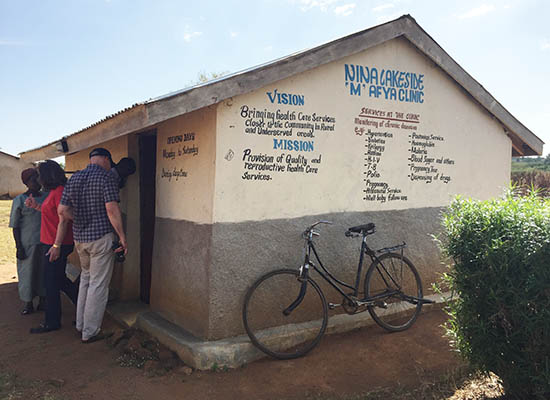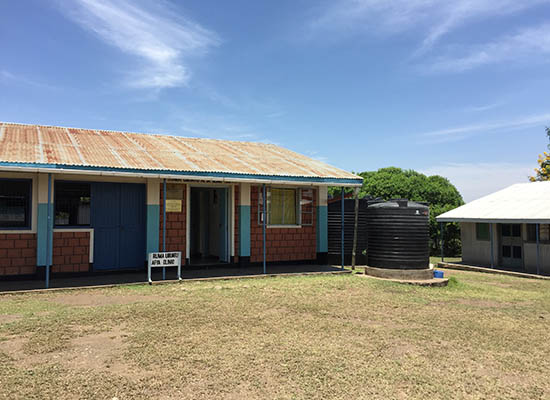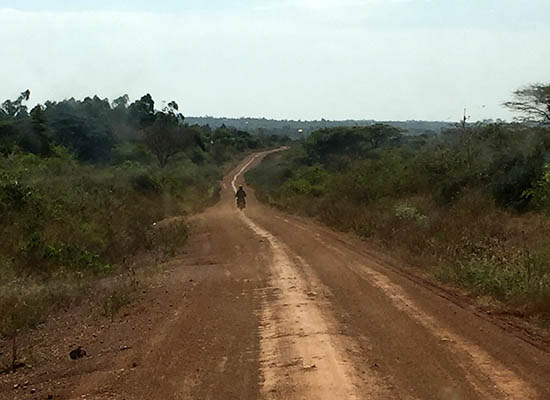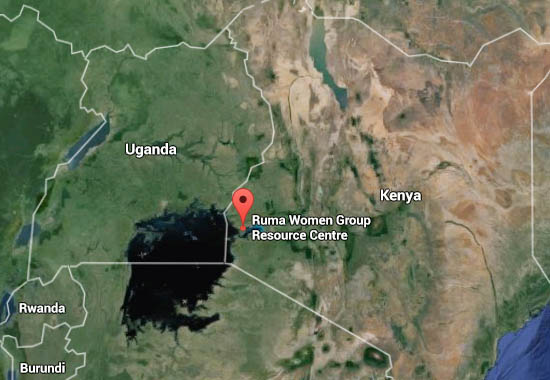
Continuing on the Investors Circle trip was a day trip to western Kenya to visit two of the eleven Afya Research Africa clinics. First, the Afya Ubuntu Ruma Clinic.

The clinic is on the grounds of the Ruma Women’s Center, a nonprofit run by a local church which provides services to women and orphans. The picture above provides no understanding on the remoteness of this location. We flew to Kisumu, then drove for over an hour. Click the map below to zoom into this location on Google Maps.
Like Jibu, Afya Research Africa is tackling an incredibly difficult, but critical problem. There are no other clinics where Afya Research sets up theirs.
Like the visit to GreenChar, watching mile upon mile of poverty on the trip out the clinic, you feel compelled to hand over the contents of your pockets. But in this case, the scale of the problem becomes more apparent, as no amount of philanthropy is going to pull all of Western Kenya up to the average standard of living of Nairobi.
But that feeling then only grew as we then left the paved roads to drive an hour further West. Fighting dysentary and horric car sickness, I was only able to snap a picture of the smoothest part of that road.

Unlike the paved road, there were no homes along the side of these roads, and only a few dukas (stores) at some of the road intersections. The guide said there zebra in the area, but the only wildlife visible were birds.
Eventually we reached the clinic, which seemed like the middle of nowhere, with no visible residents in the area. However, our guide explained that this was one of their most successful clinics, perhaps due to it being the only medical care for tens of miles. Like the Ruma Clinic, this one was also co-located in an existing community group.

From the impact investing lens, these clinics are an interesting case. To-date, everything has been funding by grants, as will the expansion from 11 to 35 clinics. However, the clinics are structured as for-profit partnerships with local organizations. The result is something not too dissimilar from the Jibu model, with a parent company providing the infrastructure in exchange for a share of the revenues.
9 of the 11 clinics are profitable, so the model is proving itself out. The big question is how to eventually grow this to a scale where investors can provide the growth capital, as foundations and other grantors stop funding projects like this once they are up to scale and functioning.















